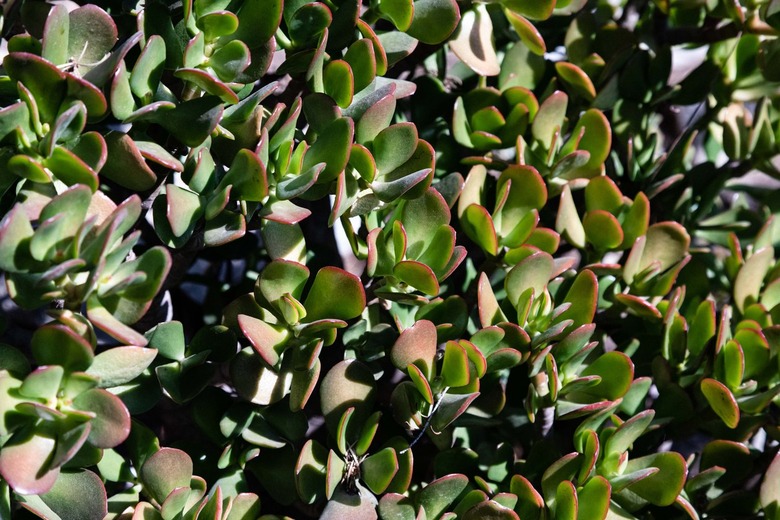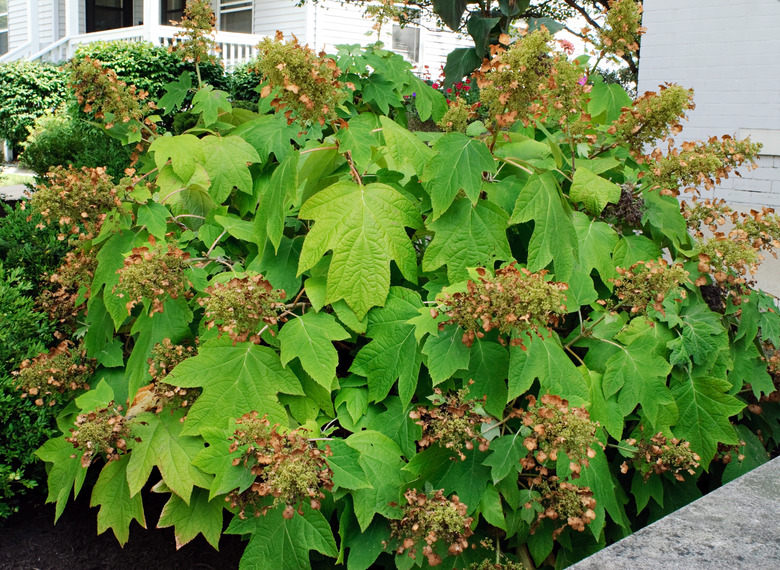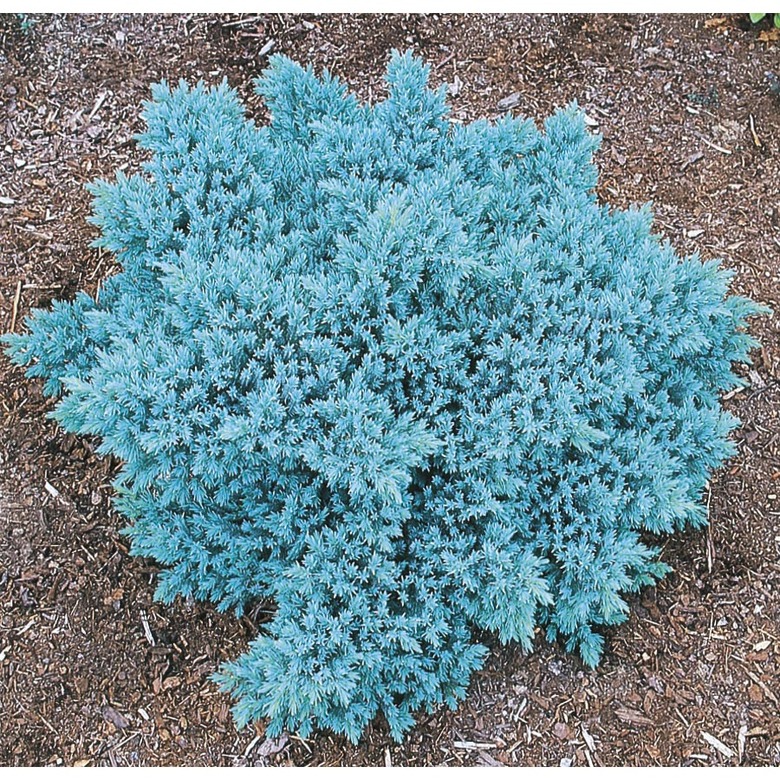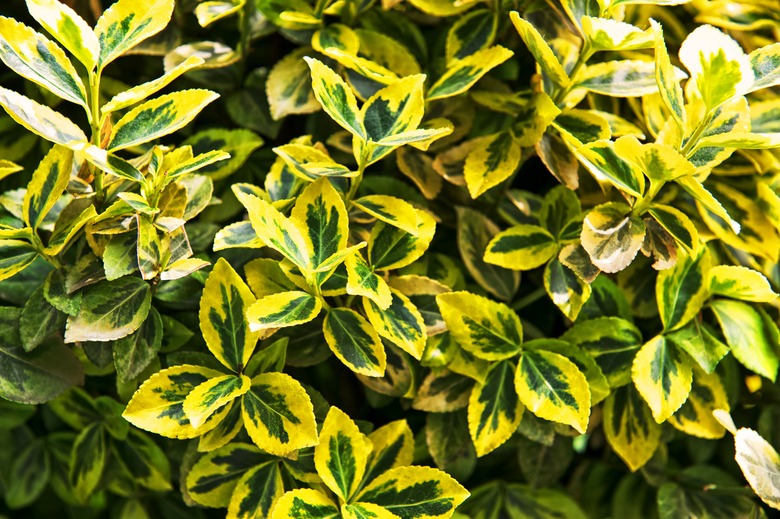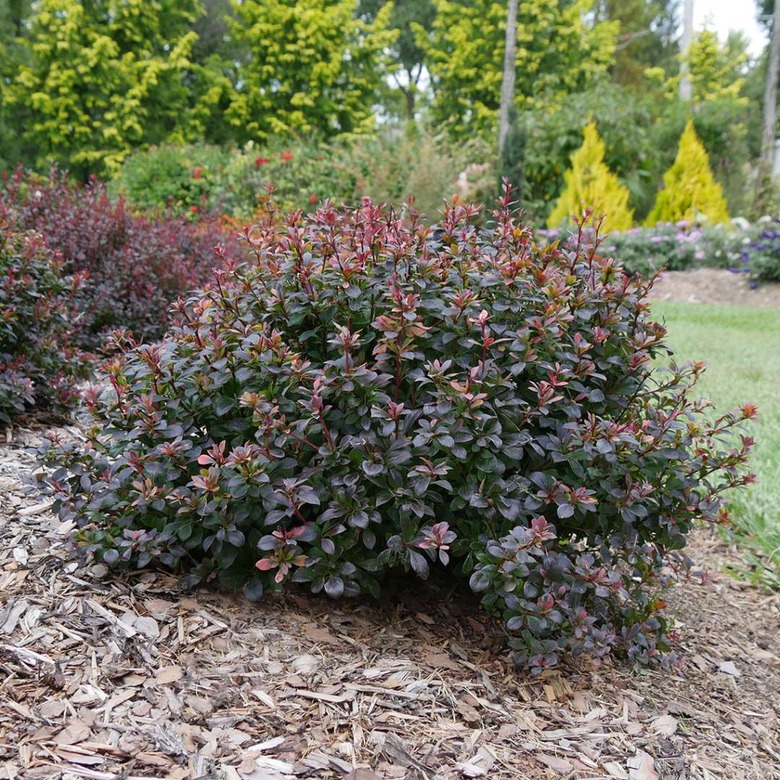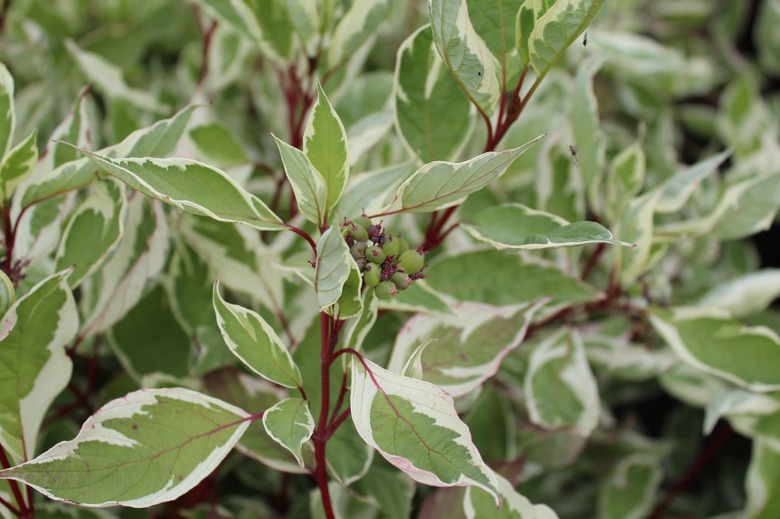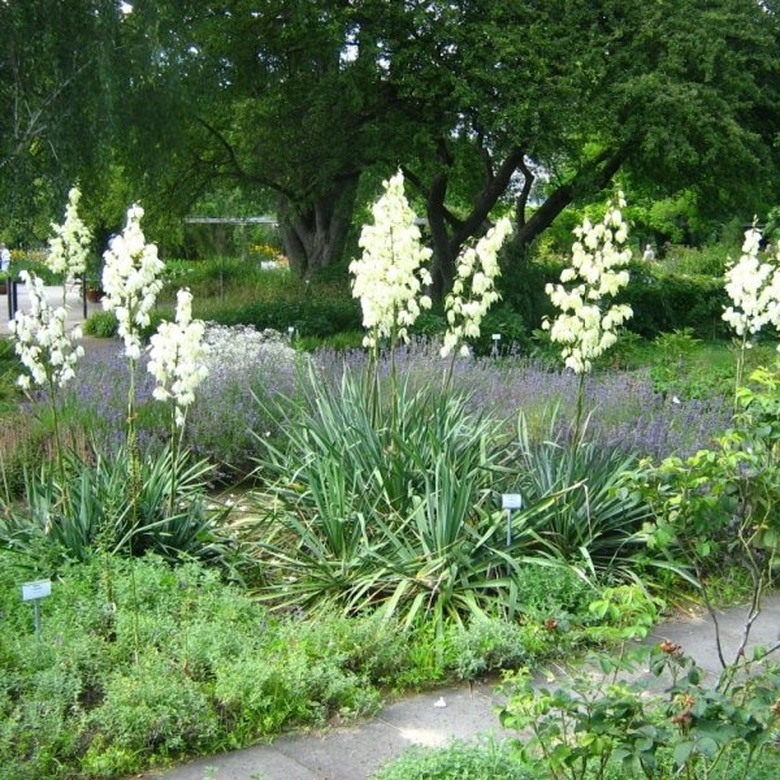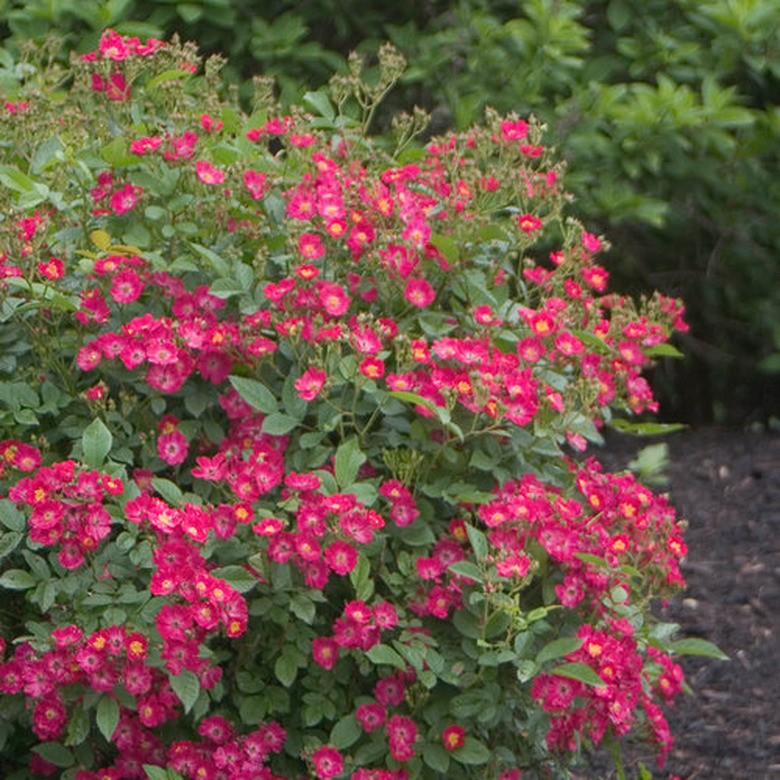8 Low-Maintenance Shrubs For Your Landscape
We may receive a commission on purchases made from links.
If anything in a home landscape should be low-maintenance, it's the shrubs and trees. From a planting perspective, shrubs and bushes also are long-term commitments; it can be a big mistake to choose something that needs a lot of attention each year. All of these reasons send most home landscapers toward shrubs with modest needs and hardy constitutions — plants that can take heat, drought, poor soil, shade, or even air pollution, depending on the conditions — without needing a lot of pruning or protection from the elements.
1. Oakleaf Hydrangea
1. Oakleaf Hydrangea
Hydrangeas are fast-growing deciduous shrubs with deep green foliage and, often, big beautiful flowers. They need regular watering in dry climates but will do just fine on a drip system. They need much less water in areas with humid summers. Best of all, they don't need pruning, although you can prune after flowering, if desired, to shape the shrub or control its size, or to remove winter kill. Oakleaf hydrangea (Hydrangea quercifolia) is prized for its oak-like leaves that turn a brilliant red in fall and its cone-shaped summer blooms in white and pink. In winter, the bare branches "exfoliate," or shed their bark, adding some winter interest. It grows in USDA plant hardiness zones 5 through 9 and can mature at 6 to 8 feet tall and wide.
2. Blue Star Juniper
2. Blue Star Juniper
Juniper shrubs are famously versatile and hardy. Once established, they need no irrigation, even in dry climates, and they can be left to grow naturally or can be trimmed and shaped as needed. They are tough evergreens that survive winter just fine in some of the coldest climates. Blue Star juniper (Juniperus squamata 'Blue Star') is one of the more low-maintenance cultivars because it is slow-growing and reaches only about 1 to 3 feet in height, although it eventually spreads to 4 feet in diameter if you let it. By contrast, other junipers are more aggressive and tend to crowd planting areas, walks, and driveways each growing season. Blue Star makes a great border plant in a bed, with unusually attractive blue needles that develop a tinge of gray in cold weather. It is hardy in zones 4 through 8.
3. Wintercreeper
3. Wintercreeper
Wintercreeper (Euonymuus fortunei) is an evergreen shrub that can be grown as a vine or a ground cover. In shrub form, it matures at about 3 feet high and 5 feet wide. Some cultivars take a vining form and can be trained to reach up to 15 feet in height. Like many low-maintenance plants, wintercreeper can be invasive if not contained; it can encroach into lawns and climb up trees if not pruned back. Wintercreeper is a perennial in zones 5 through 9 and thrives in full sun to partial shade. It prefers moist, well-draining soil but is also tolerant of poor soil and occasional periods of drought. It can also handle poor air in urban gardens. This is another shrub with known invasive habits; be cautious about planting it in regions where it is an acknowledged problem.
4. Barberry
4. Barberry
Barberry (Berberis spp.) probably would make it onto a lot more "low-maintenance" lists if it weren't for its well-earned reputation as an invasive plant. This applies to the best-known species, Japanese barberry (Berberis thunbergii, zones 4-8) and other species and cultivars. Some of these plants are even subject to statewide bans. However there's a new barberry hybrid, called 'Sunjoy Todo,' that is sterile, and therefore considered non-invasive. At 18 to 24 inches tall and compact in form, it is only about one-third the size of Japanese barberry, but it offers equal hardiness and easy care, as well as the prized deer resistance of this species. It is a semi-evergreen shrub with yellow flowers and purple-black foliage. Sunjoy Todo produces berries, but they have no seeds (that's why the plant is sterile).
5. Red Twig Dogwood
5. Red Twig Dogwood
Red twig dogwood is related to the familiar flowering dogwood tree, but is indeed a shrub, albeit a large one. It can grow up to 10 feet tall and wide if left to grow naturally. There are two red twig species: Cornus alba (zones 3-7) and Cornus sericea (zones 2-7). They get their common name from their branches, which turn bright red in winter after they lose their leaves (they're deciduous). The Elegantissima cultivar (Cornus sericea subsp. sericea 'Elegantissima') has variegated green-and-white leaves and is hardy to zone 3. This is a great pick for winter interest, especially in the cold northern zones.
6. Yucca
6. Yucca
Yucca may have a Southwest look, but most species can be grown in zones 5 through 9, and Yucca filamentosa grows in zones 4 through 10. A classic symbol of desert environments, yucca shrubs are equally ideal for winter interest because they are truly evergreen and look virtually the same year-round. Their distinguishing feature in summer is a woody inflorescence that bolts straight up from the plant's center clump of sword-like evergreen foliage. The inflorescence can reach up to 8 feet tall and blooms with showy flowers in July and August. Yucca typically grows to about 3 feet tall and wide, not counting the inflorescence, which should be cut back after flowering, although some species grow to 8 feet tall. Yucca are as tough as they look: They can tolerate full sun to full shade, poor soil, compaction, high heat, drought, and pollution. They are considered extremely urban-tolerant. The only conditions they don't seem to like are wet sites and poor drainage. They also won't bloom in full shade.
7. Lavender
7. Lavender
Lavender (Lavandula spp.) enjoys global popularity for many reasons, but its resilience and easy maintenance are as well-known to gardeners as the color and scent of its beloved flowers. Lavender is drought-tolerant and requires little water once established, and it needs no care other than an annual pruning in spring. It also offers a plentiful harvest of its fragrant blooms once or twice each year, depending on the species. There are many types of lavender, including English (Lavandula angustifolia, zones 5-8), Spanish (Lavandula stoechas, zones 7-9), Portuguese (Lavandula latifolia, zones 6-9), and French (Lavandula dentata, zones 8-9); English is the most popular type in North America. Technically a perennial herb, lavender is often described as a semi-shrub; it can be cut back a little or a lot, depending on your growth plan. In climates with heavy snow, lavender is often pruned into a "turtle" shape to help it overwinter without damage.
8. Candy-Oh! and Knock Out Roses
While roses as a group may not be considered low-maintenance, two types of hardy shrub-type roses stand out in this category. Knock Out roses comprise a series of roses that grow in zones 4 through 11, depending on cultivar, and bloom repeatedly from spring to fall without the need for pruning. In warmer zones — 6 and warmer — they can bloom as late as December. Candy-Oh! roses are similarly low-maintenance and long-blooming and are a bit hardier than Knock Outs — they can be grown as perennials in zone 4 through 9. Both of these roses are bred for disease and pest resistance and can grow to about 4 feet tall and wide.
